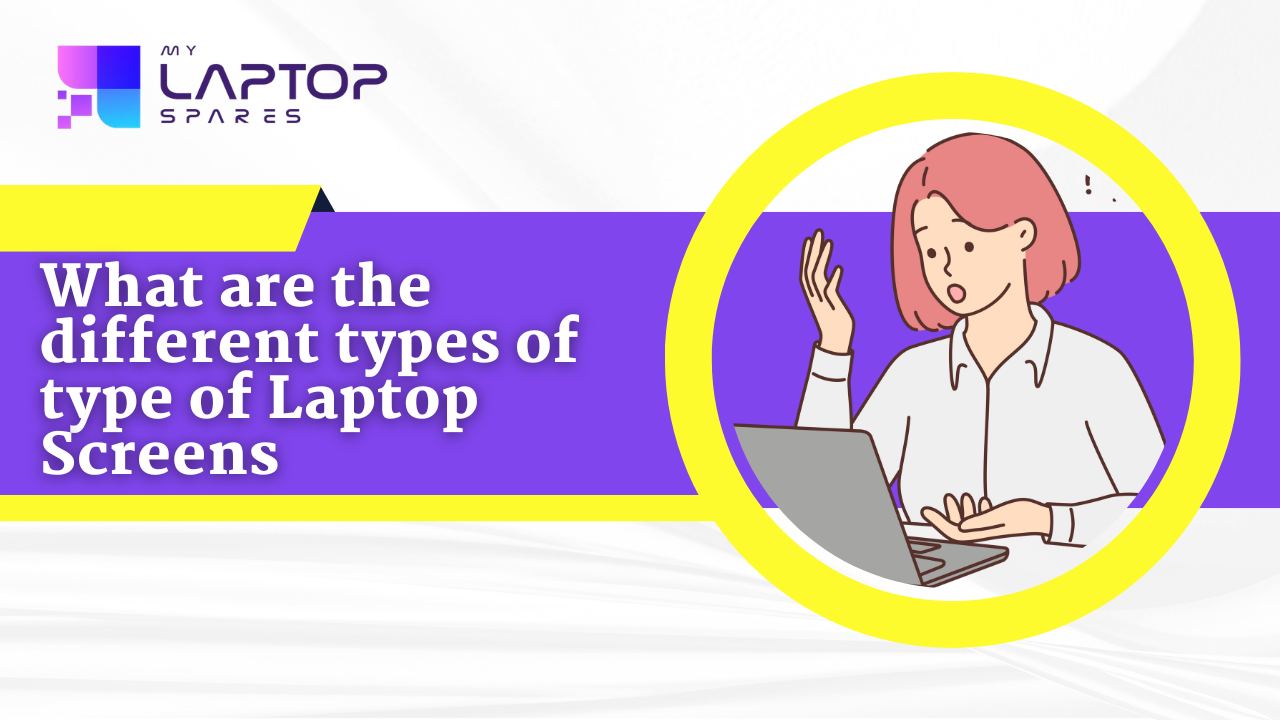There are several types of laptop screens, each offering different technologies and features to suit various needs. Here’s a breakdown of the most common types:

1. TN (Twisted Nematic) Panels
- Pros:
- Affordable and widely used.
- Fast response times, making them suitable for gaming.
- Cons:
- Poor color accuracy and limited viewing angles.
- Colors tend to look washed out when viewed from the side.
2. IPS (In-Plane Switching) Panels
- Pros:
- Excellent color reproduction and wider viewing angles.
- Ideal for graphic design, video editing, and multimedia consumption.
- Cons:
- Slower response times compared to TN panels.
- Usually more expensive.
3. OLED (Organic Light-Emitting Diode) Displays
- Pros:
- Deeper blacks and vibrant colors due to individually lit pixels.
- Excellent contrast ratio and superior image quality.
- Cons:
- Higher cost and potential risk of burn-in over time.
- Can be power-hungry compared to other screens.
4. Retina Displays (Apple)
- Pros:
- High pixel density, offering sharp images and text.
- Excellent brightness, contrast, and color accuracy.
- Cons:
- Limited to Apple products, making it exclusive.
- Higher price range due to premium build quality.
5. Touchscreen Displays
- Pros:
- Offers intuitive interaction and easier navigation.
- Useful for drawing, note-taking, and 2-in-1 convertible laptops.
- Cons:
- Typically adds weight and consumes more power.
- More prone to glare and fingerprints.
6. 4K UHD Displays
- Pros:
- Ultra-high resolution for crystal-clear images and text.
- Ideal for professional photographers, designers, and video editors.
- Cons:
- Requires more processing power, which can drain battery life faster.
- Higher price and may be overkill for general users.
7. Matte vs. Glossy Screens
- Matte:
- Reduces glare and reflections, making it easier to work in bright environments.
- Slightly duller colors compared to glossy screens.
- Glossy:
- Vibrant colors and sharper images, but more reflective.
- Better suited for indoor use where lighting can be controlled.
Each type of laptop screen is tailored to specific user needs, whether it’s gaming, design, casual use, or professional work.
